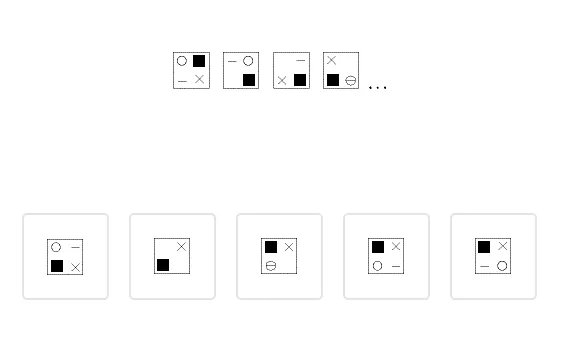

Content and Skills Tested:īoth tests are designed to assess reasoning abilities, problem-solving skills, and the capacity to learn. Administration:īoth the CCAT and CogAT can be administered individually or in a group setting. The CogAT, on the other hand, is available in multiple forms and levels to cater to a wider range of grades (from kindergarten to high school). The CCAT is available in two levels: CCAT 7 for grades 2-12 and CCAT Kindergarten for kindergarten students.

The CCAT is widely used in Canada, while the CogAT is more commonly used in the United States. The composite score is a combination of the scores from each of the three batteries. The Nonverbal Battery assesses figure matrices, paper folding, and figure classification.īoth tests provide a standard age score (SAS), percentile rank, and stanine for each battery and for the composite score. The Quantitative Battery assesses quantitative relations, number series, and equation building. The Verbal Battery assesses verbal classification, sentence completion, and verbal analogies.
#Ccat cognitive assessment series
Quantitative: Number analogies, number puzzles, number series.Verbal: verbal classification, sentence completion, verbal analogies.The CCAT 7 covers questions related to three sets of abilities. Students fill in answer sheets or test booklets depending on the level of test they are completing. The CCAT 7 is a group administered assessment completed with paper and pencil. It should not be seen as a test of achieved learning or “schooling knowledge.” The CCAT 7 tests the student’s ability to learn and indicates his or her IQ. The results may be seen as predicting, in the short term, the student’s general achievement in school. The CCAT 7 is designed to determine a child’s aptitude for learning.

The test is given over three separate sessions and takes 90 minutes in total to administer.

The CCAT 7 measures verbal, nonverbal, and quantitative reasoning. It is a group-administered intelligence test given in Canada to students in grades K-12. The Canadian Cognitive Abilities Test (CCAT) is a reasoning assessment used to determine a student’s eligibility for admissions into gifted and talented programs. CCAT™ Overview CCAT Test (Canadian Cognitive Abilities Test) What is the CCAT 7?


 0 kommentar(er)
0 kommentar(er)
